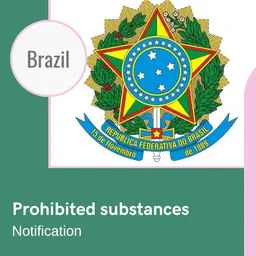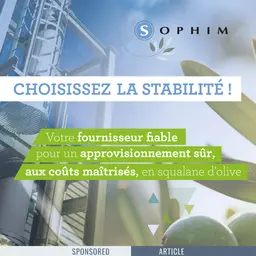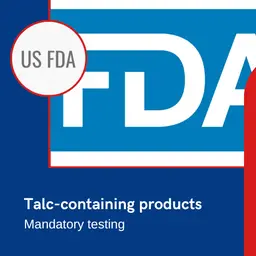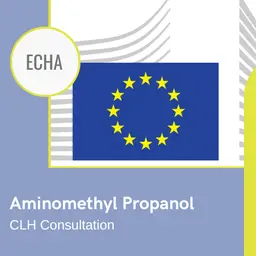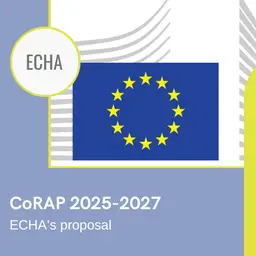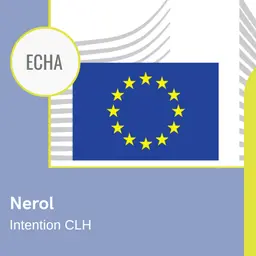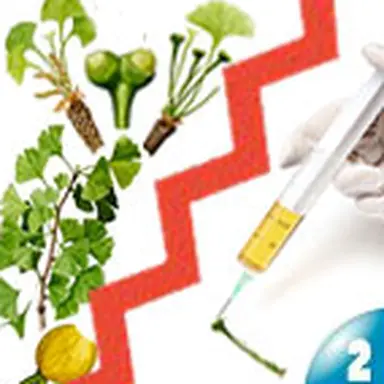
Active fractions are part of the actives found in plants, that is, isolated molecules which exactly correspond to sought-after cosmetic properties. Today, these molecules are tracked down – which is called plant “sourcing” – and their efficacy has been proven. Are they “better” than total extracts? Here is the second part of our “fractal or global” debate.
Active fraction or plant total extract: the debate (Part I), continued
Active fractions are obviously less rich than total extracts, their action is more targeted, and they require perfect control of the plant, which is reassuring. Their results depend on excellent culture conditions, harvest, drying, extraction, purification, concentration… everything needs to be verified with particular attention. The molecule is chiselled like a gem so that its harmlessness, stability and efficacy as well as its constant concentration in active molecules (this can also be referred to as a titrated extract which always contains the same quantity of actives) or its reproducibility can be guaranteed. It enables to get better dermatological safety. “Active fractions are the trend right now, because they can be better monitored, controlled and assessed in terms of efficacy. They are also easier to purify” , emphasizes Pascale Mora, Manager of Scientific Communication at Laboratoires Vichy.
A security approach
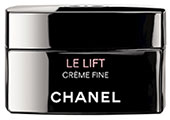 Active fractions are obtained by carrying out a specific extraction which maximizes the concentration and purity of the active sought for (polyphenols, bio-flavonoids…). These molecules may be up to ten times more concentrated than in total extracts, even 50 times more with elicitation. This is Chanel’s credo, as they have …
Active fractions are obtained by carrying out a specific extraction which maximizes the concentration and purity of the active sought for (polyphenols, bio-flavonoids…). These molecules may be up to ten times more concentrated than in total extracts, even 50 times more with elicitation. This is Chanel’s credo, as they have …

